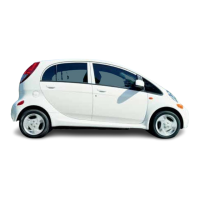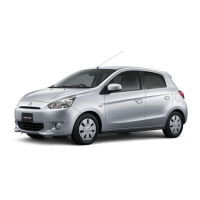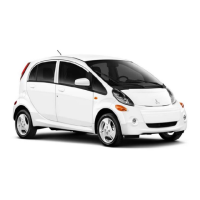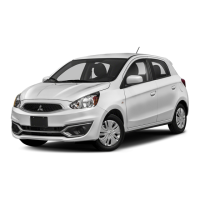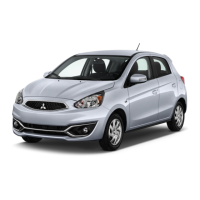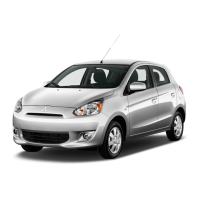Chapter 4
Fuel and exhaust systems 4-3
Fast idle opening (continued)
1989 models
Manual transmission
2.OLengine . . . . . . . . . . . . . . . . . . . . . . . . . . . . . . . . . . . . . . .
0.025 inch
2.6Lengine . . . . ..__r._...._........_..........__..
0.031 inch
Automatic transmission
2.OL engine . . . . . . . . . . . . .._.............._.*.......
0.028 inch
2.6Lengine . . . .._...r...._._......._._......_.__._
0.035 inch
Choke valve-to-choke bore clearance (1987 through 1989 models)
Unloaderopening ......................................
Choke breaker
1987 models
First stage
2.OLengine ....................................
2.6Lengine ........................... . ........
Second stage
2.OLengine ....................................
2.6Lengine
....................................
1988 models
Firststage ........................................
Secondstage .....................................
1989 models
First stage
2.OLengine .....................................
2.6Lengine .....................................
Second stage
2.OLengine .....................................
2.6Lengine .....................................
Idle Speed Control (ISC) servo coil resistance
2.4Lengine
.....
.._._..._..._ ........................
3.OLengine ..........................................
Torque specifications
Carburetor mounting bolts/nuts ............................
Throttle body mounting nuts
19913.OLengine
........ ..__...._........__.__..___~ _
Allothers ...........................................
Idle Speed Control (ISC) servo mounting screws .............
Air intake plenum mounting bolts ..........................
Fuel high-pressure hose attaching bolts ....................
Fuel pressure regulator mounting bolts
.....................
0.075 to 0.083 inch
0.087 to 0.094 inch
0.098 to 0.106 inch
0.114 to 0.122 inch
0.126 to 0.133 inch
0.091 to 0.098 inch
0.118 to 0.126 inch
0.079 to 0.087 inch
0.091 to 0.098 inch
0.114 to 0.122 inch
0.118 to 0.126 inch
5 to 35 ohms
28 to 33 ohms
1 General information
Fuel system
The fuel system consists of the fuel tank, a mechanical or electric fuel ’
pump, an air cleaner, either a carburetor or a fuel injection system and the
hoses and lines which connect these components.
All 1983 through 1988 and some 1989 models*are carbureted. These
models have a mechanical fuel pump mounted on the cylinder head. The
pump is driven by an eccentric on the camshaft. Beginning in 1985, carbu-
retors began being equipped with Feedback Control (FBC) systems which
utilize sensors and solenoid actuators, controlled by the engine’s electron-
ic control module, to control emissions.
Some 1989 and all 1990 and later models are fuel-injected. A multi-
point (one injector per cylinder) Electronic Fuel Injection (EFI) system is
used on both 3.OL and 2.4L engines. All fuel-injected models use an in-
tank electric’fuel pump. For more information regarding the EFI system,
refer to Section 18.
Exhaust system
The exhaust system consists of the exhaust manifold(s), exhaust
pipes, catalytic converter and muffler. For information regarding the re-
moval and installation of the exhaust manifold(s), refer to Chapter 2, Part
Ft-lbs (unless otherwise indicated)
132 to 168 in-lbs
84 to 108 in-lbs
11 to 16
22 to 38 in-lbs
11 to 14
12 to 24 in-lbs
60 to 96 in-lbs
A. For information regarding exhaust system and catalytic converter serv-
icing, refer to the last Section in this Chapter. For further information re-
garding the catalytic converter, refer to Chapter 6.
2 Fuel pressure relief procedure (fuel-injected models)
Refer to illustration 2. I
1 Disconnect the electrical connector for the fuel pump harness at the
rear side of the fuel tank (see illustration).
2 Start the engine, let it run until it stalls and turn off the ignition switch.
3 Detach the cable from the negative terminal of the battery and re-con-
nect it after repairs are complete.
3 Fuel*pump/fuel pressure-check
Warning: Gasoline is extremely flammable, so take extra precautions
when you work on any part of the fuel system. Don’t smoke or allow open
f@mes or bare light bulbs near the work area, and don’t work in a garage
wherea naturalgas-typeappliance (suchasa waterh&terorclothesdry-
er) with a pilot light is present. If you spill any fuel on your skin, rinse it off

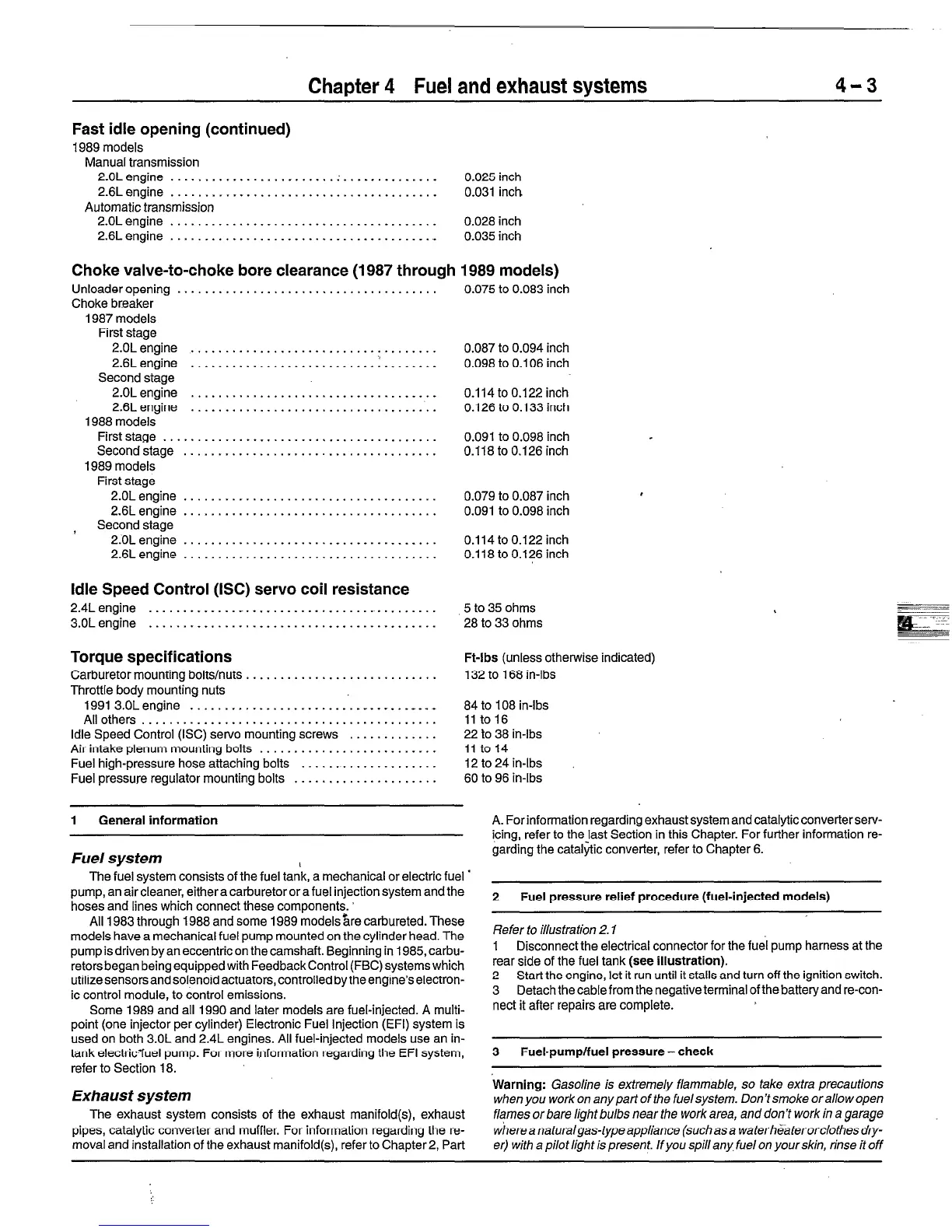